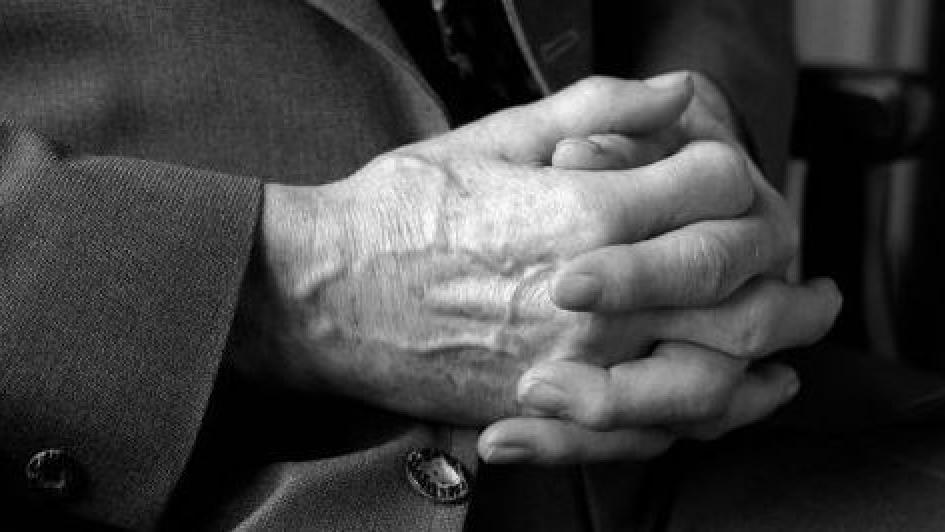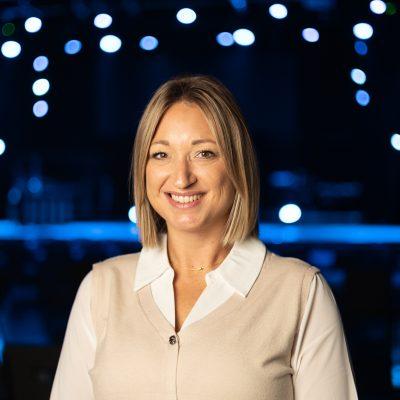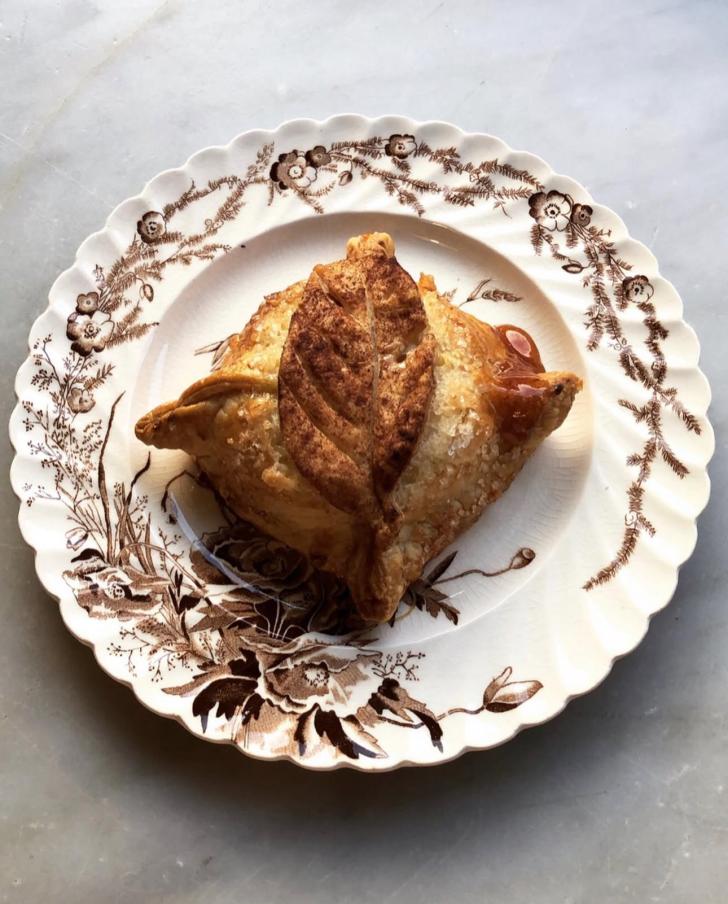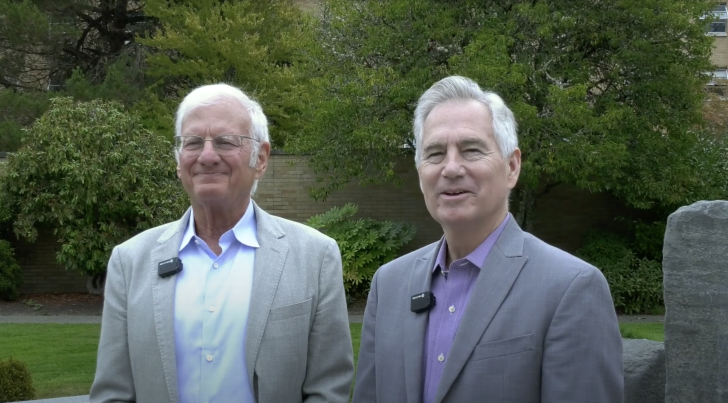7 Things You May Not Know About John Bastyr

Published
So who exactly was John Bastyr, the man with a strange name for whom this University is named?
He is known best as a pioneering figure in natural medicine, a doctor and teacher who helped rescue the field from obscurity after the rise of industrialized medicine. He was a fiercely dedicated healer who treated thousands of patients over his 50-year career, listening to their stories, making house calls and serving those who couldn't pay. The healing touch of his hands is legendary — he understood that gentle touch and physical manipulation are core parts of a compassionate bedside manner.
Less well-known is the private life of Dr. Bastyr, who was born 100 years ago this year. He revealed his personal side in a 1989 oral history interview in his Seattle office with Alma Howard. Here's what emerges about Dr. Bastyr — whose name comes from Czech and Bohemian roots.
Came of Age During Depression
John Bastyr's father's job as a pharmacist kept his family fed during the Great Depression, but his son saw hunger firsthand as the family moved from Minnesota to North Dakota and then to Washington state. He describes visiting a family who moved to Washington just before the Bastyrs did: "When we came out, we looked them up and they were starving to death."
Nature Cures at Home
John had his appendix removed at age 9, and while he was climbing a tree at home, his incision reopened. His mother, a devotee of herbal treatments, applied plantains to his wound. The incision healed quickly and neatly, one of many home remedies he watched his mother perform.
Father Caught Doctors’ Errors
As a pharmacist, his father filled orders from medical doctors (MDs) and sometimes caught potentially lethal combinations of incompatible drugs. "He'd call the doctor up and say, 'You sure you want to do this?'" Dr. Bastyr recalled. "He'd explain to them that it was incompatible, and the doctor would change it." Working in his father's pharmacy, Dr. Bastyr grew both comfortable with MDs and aware of the limitations of conventional medicine.
Sweet Tooth
Running a drugstore in the 1920s meant using mortars, pestles, tinctures, herbs — and a soda fountain. John learned to make sodas, milkshakes and banana splits: "I remember the different candies we had, too. There were chocolates and all kinds. We'd have to be careful not to eat up all the profits."
Farm Boy
Even after establishing his naturopathic practice in downtown Seattle, Dr. Bastyr and his wife, Aletha, lived on a farm in Kent, south of the city. They grew apples, pears, nectarines, persimmons, raspberries and blackberries, and they raised goats. He also foraged medicinal herbs such as nettle and devil's club. This kept him in touch with his childhood helping on his uncle's farm at harvest time.
Friends in Allopathic Medicine
Despite his role in reviving traditional medicine, Dr. Bastyr maintained close ties to the medical establishment: "I had some very good friends that were head surgeons at Virginia Mason … and I had very good friends at the other hospitals. I didn't have any problems socially. Of course, I wasn't a social climber. I didn't go in for a lot of social affairs. I just didn't have time for that. But socially, they accepted me. I don't think there was a lot of friction."
Mountaintop Delivery
Dr. Bastyr's success as a healer meant he never lacked for patients. He worked from morning until nearly midnight most days keeping up with the sick who came to see him. "Some weeks I remember going maybe a week, seven days, without getting horizontal to sleep," he said. "Just stand up in a corner and sleep a bit."
The best example of his dedication might be his obstetrics work. Births became an integral part of his career, and he received his World War II deferment because he was delivering so many babies. The work called him to service at all hours and wherever laboring mothers needed him. He even delivered a breech baby on Mount Si, the volcanic tower beloved by hikers 40 miles east of Seattle. He drove until snow stopped his vehicle, walked with his equipment bag the rest of the way and delivered the child.
---
Read more about Dr. Bastyr


